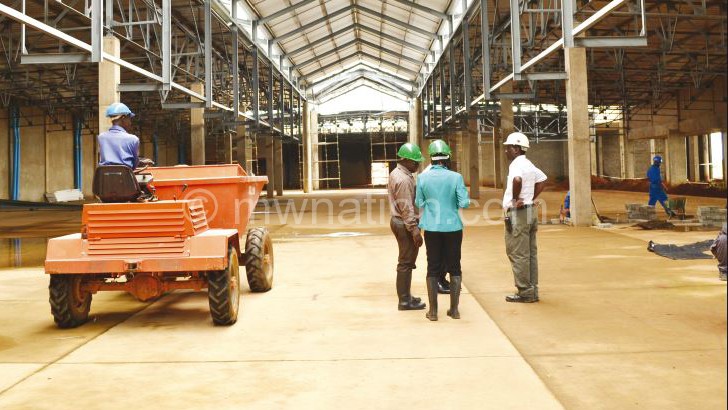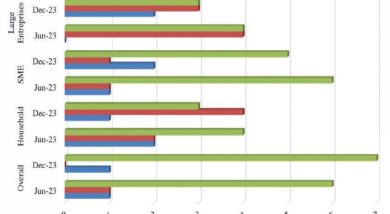Property investment risks: The financier’s perspective
When things go wrong in commercial property investment they can really go badly wrong as the consequences are often counted in millions of kwacha. Business Partners International likes to invest in property and I would like to list five common mistakes made in commercial property investments that I have picked up.
Before you venture into your next commercial property deal, it pays to be aware of the following common mistakes so that you steer well clear of them.
Common mistake 1: Shoddy due diligence

Fundamental flaws in a commercial building can be completely hidden from sight. A perfectly sound structure might be built half a metre over the boundary line, a mistake that puts you at the mercy of your neighbour or the city council or the housing corporation and one that will cost you millions to fix.
The only way to avoid these pitfalls is to perform a due diligence investigation in which every aspect of the building is checked: not only the condition of the physical structure, but its plans and approvals, the facilities such as water and electricity and the state of the tenancy agreements if the property is being bought with existing tenants.
It is crucial to hire professionals to perform a due diligence investigation. A land surveyor can cost up to K150 000 depending on the size and complexity of the property, but their costs are negligible compared to the money you can save.
When you are keen on buying a property, my advice is to sign an offer to buy the building subject to the outcome of a professional inspection, including the structure, facilities and leases. If the investigation exposes any defects, you can either walk away or renegotiate the sale with the seller. Either way, the cost of hiring professionals is money well spent.
Common mistake 2: Not calculating upgrades, future maintenance costs
A thorough due diligence must not only look at the current health of the structure and facilities, but must include a careful consideration of upgrades and maintenance that may be required in future. These can pounce on the buyer quite unexpectedly. An anchor tenant might only agree to renew their lease if certain upgrades are made.
The rise in electricity costs may force the new owner to upgrade the property to become more energy efficient to remain attractive to tenants. A roof may have to be replaced.
As a buyer, you must be aware of the fact that the seller will always know more about the property. It is up to the buyer to discover the hidden costs before buying. The seller would not volunteer the patent information.
Common mistake 3: Ignoring the bigger picture
Even if the property itself is in a pristine condition, the area in which it is situated may have reached its peak and is in a downward spiral. It is, therefore, just as important for the buyer to look into what is happening to the area as it is to investigate the condition of the building itself.
A well-known example is Area 47, Sector 1 properties in Lilongwe whose values have appreciated dramatically as the Gateway Shopping Mall owned by Mpico Limited has somehow become the focus of development. Properties in the high streets of many towns and city centres can be significantly affected by the establishment of a mall on the outskirts.
Nothing beats driving through the streets of the node in which you intend to buy. Signs of refurbishment, development and rejuvenation are good. A lack of upgrade activity could signal the fact that the node may have reached its sell-by date.
I strongly recommend speaking to town planners and local developers to find out about any plans that may affect the area.
Common mistake 4: Being too fussy about price
Not every property that you buy as an investment has to be a bargain. If you set your mind on only buying properties that can give you more than, say, a 10 percent return on investment, you run the risk of not buying anything and missing opportunities to build up a substantial portfolio.
A well-engineered, prime property situated in a low-risk area is most probably not going to be priced at a bargain level, but as long as it is not overpriced, it will give a fair return on investment and can help form the backbone of a solid property portfolio.




